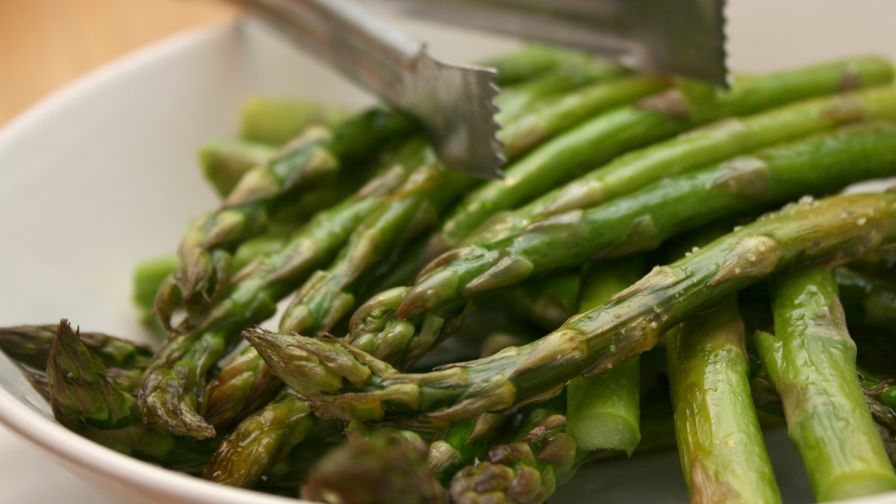 Tony Chalcroft gives us the lowdown on our gardens
Tony Chalcroft gives us the lowdown on our gardens
Fresh asparagus, or sparrow grass as it was known to me as a child, is one of the treats of late April and May. Now produced commercially around York for supermarkets, it’s also available at local farm shop outlets. You might think this widespread availability a perfect excuse for not bothering to grow your own, but if you like it, asparagus is a crop well worth trying. Once established, asparagus is one of the easier vegetables to grow.
There are a few basic things to remember about this gourmet crop. First of all it’s a perennial. That means, unlike most other vegetables, there’s not the trouble of beginning from scratch every season. A mature asparagus bed can continue to produce for many years. Secondly, asparagus is a high value vegetable. Although it will cost to plant a bed, the harvests that follow will be free. And, of course, home grown will always be fresher and tastier than bought.
Easy as pie
Growing asparagus may be easy, but it’s not a complete doddle. One of its quirks is that it won’t thrive on very heavy or wet land. If your ground is damp or sticky it’s still possible to grow it but plant on a mounded bed formed of well-rotted compost or lighter, brought in, soil. It’s also better sited in an open, non-shaded, position. A sunny spot will always produce an earlier crop.
Growing asparagus also requires patience. Starting from seed is possible, but it’s a protracted and fiddly business taking three years before much of a crop can be harvested. A more convenient and quicker option is to buy young plants or ‘crowns’. These are available from various seed companies and are usually planted in spring. With an already developed, spidery, root system, crowns can give a usable crop in the second year after going in the ground.

Weed-free
It’s essential when setting out a new asparagus bed to ensure the site is free of perennial weeds. Asparagus forms a dense, matted, root system which can’t be hoed or forked to any depth. It’s also important to give the individual crowns plenty of space. Plant very close and the harvested shoots or ‘spears’ will be scrawny. About 40cm between plants is the minimum spacing, with a similar distance between rows if planting more than one. Further advice on planting can be obtained online. As for varieties, I favour the newer male types (yes, asparagus can be male or female) which tend to give thicker spears. Lucullus is a good choice, but if you want extra chunky spears go for the old Victorian variety, Connover’s Colossal.
Apart from cutting down the dead tops or ‘fern’ in autumn, and perhaps applying a winter mulch of compost or manure, an established asparagus bed needs little attention except for occasional patrols to check for asparagus beetle. This annoying pest mainly feeds on the tall top growth asparagus makes in summer after the spears have been harvested. If left unchecked it can cause severe defoliation. This will tend to weaken the plants and may reduce next season’s crop. Fortunately the asparagus beetle is a fairly conspicuous. About seven millimetres long, it has a distinctive red thorax and yellow wing cases. It does jump readily though, so if nabbing it is tricky look out for its lazier larvae which are grey/black and about one centimetre in length.











Lovemore mkhwanazi
05 Mar 2024 at 06:10im looking for asparagus seeds
Add a comment